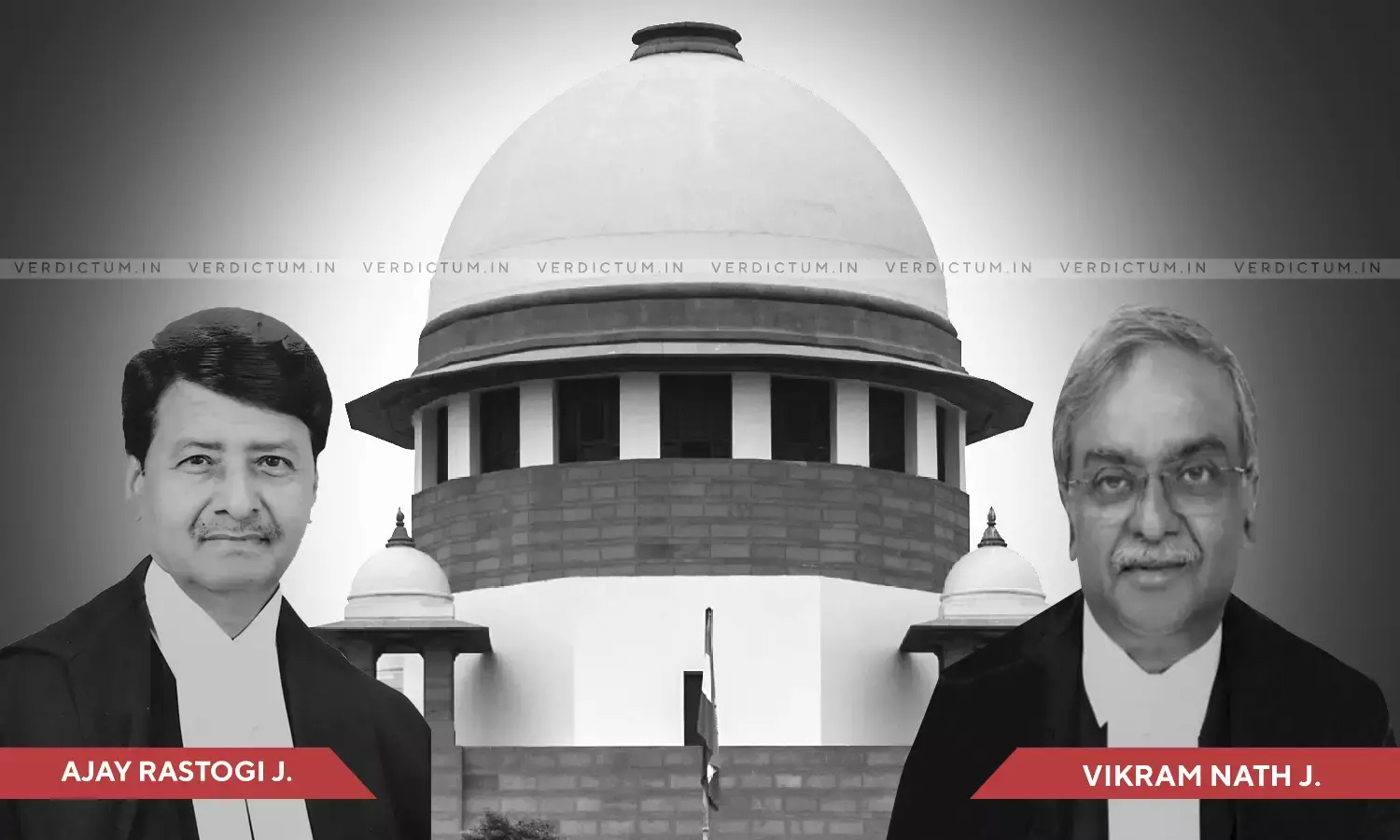No Pre-Meditation - SC Modifies Murder Conviction To Culpable Homicide Not Amounting To Murder

While holding that the case falls into the category of culpable homicide not amounting to murder, the Supreme Court held that there was no pre-meditation of minds to commit murder and based such a decision upon the following reasons-
"i) There was no premeditation of mind to commit murder. (ii) All the accused were admittedly not armed when they stopped the vehicle of the deceased and his friends and compelled them to alight from the same. (iii) It was during the verbal altercation at that stage that the three accused picked up the weapon of assault namely, sticks of casuarina tree and a brick from the road side. (iv) Single blow was given to the deceased by the accused nos.1 and 2 (v) The case set up for exhortation to kill the deceased has not been found to be proved (vi) Both the groups consisted of young men. (vii) The High Court found that there was no unlawful assembly formed with a common object and accordingly had acquitted three other accused and also the present appellants from the charge of unlawful assembly under section 149 IPC. (viii) The appellants have been convicted with the aid of section 34 IPC."
A Supreme Court Bench of Justice Ajay Rastogi and Justice Vikram Nath modified a judgment passed by the Kerala High Court to hold that "the appellants would be entitled for acquittal under section 302 IPC but would be liable to be convicted under section 304 Part-II IPC. Rest of the conviction upheld by the High Court and the sentence for the charges under sections 341, 323, 324 and 427 read with section 34 IPC is maintained."
In this case, 10 Accused-persons formed an unlawful assembly and in prosecution of a common object, had wrongfully restrained the deceased and his friends. The Accused-persons assaulted them and caused grave injury and death.
The Trial Court framed charges under Sections 143, 147, 148, 341, 323, 324, 427, and 302 read with Section 149 IPC against the Accused. The Trial Court acquitted 4 of the Accused and convicted 6 of them.
The 6 Accused approached the High Court and acquitted 3 of them, but only partly allowed the Appeal of the other 3 Accused.
Aggrieved, the 3 Accused approached the Supreme Court. Mr K Rajeev appeared for the Appellants.
The Supreme Court reaffirmed that the deceased died due to the injuries caused by Accused Nos. 1 and 2, and the injuries caused to the other friends was on the account of assault by Accused No. 3.
The Supreme Court examined the evidence on record as narrated in the First Information Report, during investigation as per the evidence collected by the Investigating Officer and also the evidence led during the course of trial in particular by the injured eyewitnesses.
Relying on the case of Mohd. Rafiq vs State of MP – where culpable homicide amounting to murder was distinguished from culpable homicide not amounting to murder – and perusing the material facts of the case, the Supreme Court found that the case fell into the category of culpable homicide not amounting to murder.
To that end, it was held that "Considering the statutory provisions laid down in IPC and the law on the point, we find that the present case falls into the category of a culpable homicide not amounting to murder falling under section 304 PartII IPC".
Therefore, the Appeals were allowed in part and the judgment of the High Court was modified to a conviction of culpable homicide not amounting to murder.

